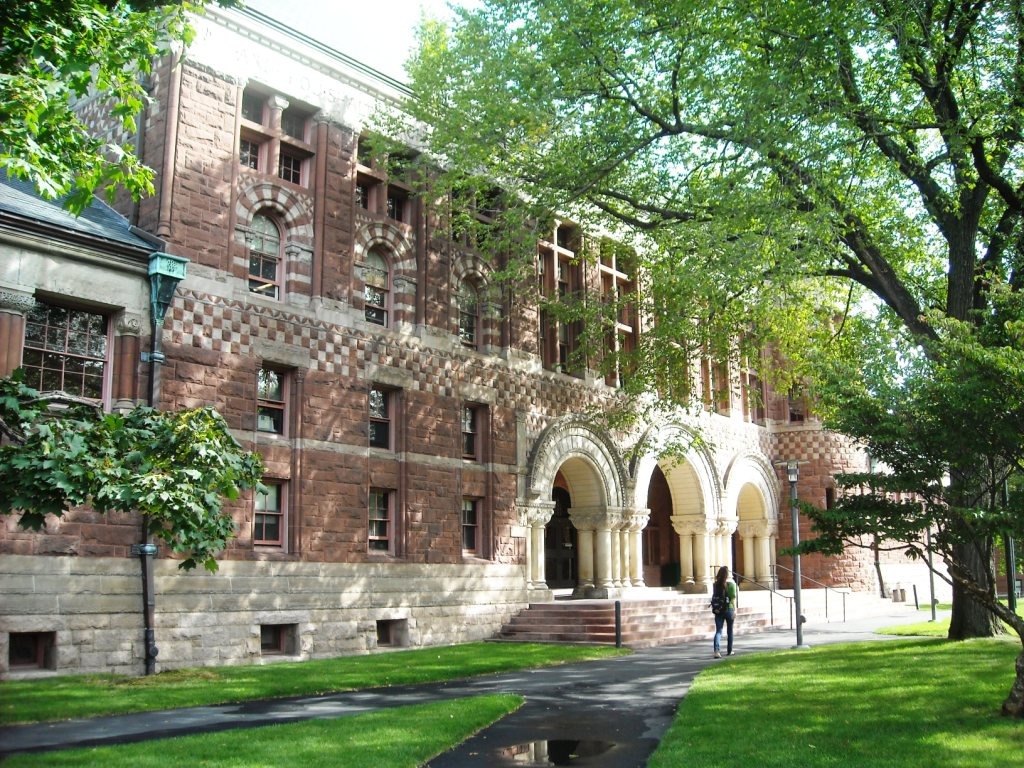US universities take different approaches for return to college campuses
California State University (CSU), with almost 500,000 students, recently announced that it will continue with online teaching into the spring semester.
The university’s chancellor, Timothy White, said he was acting well ahead of the rest other US
institutions because of the persistent health threat and the need to give CSU students and staff
sufficient time to prepare.
The university is the largest four-year public university system in the US.
A spokesperson for CSU said that the decision was made easier by the university’s inability to afford
the coronavirus testing and tracing operations seen at some US institutions.
“It is disappointing”, said Zahraa Khuraibet, President of the CSU Student Association.
“But … we have to put the students’ health and safety first, and we understand that we’re not
ready.”
CSU took action after one of its largest campuses, San Diego University, confined its on-campus
students to their halls of residence, following more than 400 infection cases within the first three
weeks of the semester.
US higher education remains divided on how to handle the pandemic, with President Trump
suggesting that the pandemic does not pose a serious threat to young people and that “the decision
to close universities could cost lives”, because students would infect those at home instead.
Most institutions have allowed students to return to campus for the autumn semester, but with
most courses offered in online formats.
The return has led to more than 60,000 coronavirus cases on campuses nationwide.
The College Crisis Initiative, a research project at Davidson College, found that, as of 7 August, more
than 1,000 four-year colleges and universities will bring students back to campus in some form, with
45 operating “fully in person”, another 446 as “primarily in person”, and almost 600 offering various
combinations of online and in-person classes.
The return to campuses in the USA has led to more than 60,000 coronavirus cases nationwide
The situation has been constantly changing and recent statistics show that of the 25 worst
coronavirus outbreaks from the last couple of weeks, 19 are in towns with colleges. The five
communities with the highest number of cases per capita all have colleges with at least 15,000
students enrolled.
At the top of the list is Harrisonburg, Virginia, where James Madison University (JMU) is located. On
1 September, JMU announced that it was sending its students home and switching primarily to
online courses after reporting over 500 coronavirus cases less than a week after in-person classes
started.
The communities housing Washington State University, Central Texas College, Georgia Southern
University and Iowa State University are not far behind Harrisonburg, all reporting over 1,100 cases
per 100,000 residents.
Whitman County shows the effect of returning students, with just 70 cases per 100,000 residents
before Washington State University students returned, compared to 1,295 per 100,000 once they
returned.
The outbreaks have caused many universities to quickly change plans, such as the University of
North Carolina at Chapel Hill, who announced only a week after students returned to campus that,
due to coronavirus outbreaks among students, all undergraduate classes will be moved online.
A different approach was taken by Cornell University, where President Martha Pollack announced
that the campus would be reopening because mathematical modelling suggested that there would
be fewer COVID-19 cases that way.
If the campus was kept closed, many students would still live in shared housing and would cause a
predicted outbreak of 7,200 cases, but this could be reduced to 1,200 if the students are on campus
and being tested regularly.
Harvard announced that classes would remain completely remote, but 40% of undergraduates could
return to campus, including first year students and those “who may not be able to learn successfully
in their current home learning environment”.
If the school continues to remain at 40% density, the senior class will be invited to campus for the
spring semester.
One student who returned to Harvard, freshman Janet Hernandez, described how she is, “in the
worst or best way, sucking it up”, and that this is the “new reality” for at least the next semester.
Discussing the universities’ decisions to move online, Ted Mitchell, President of the American Council
on Education, said: “What you’re seeing is people having a great deal of respect for the power of this
virus and doing everything they can to provide high-quality education in the safest way. Nationally,
people are beginning to pull back on the intensity of their in-person instruction.”

Comments